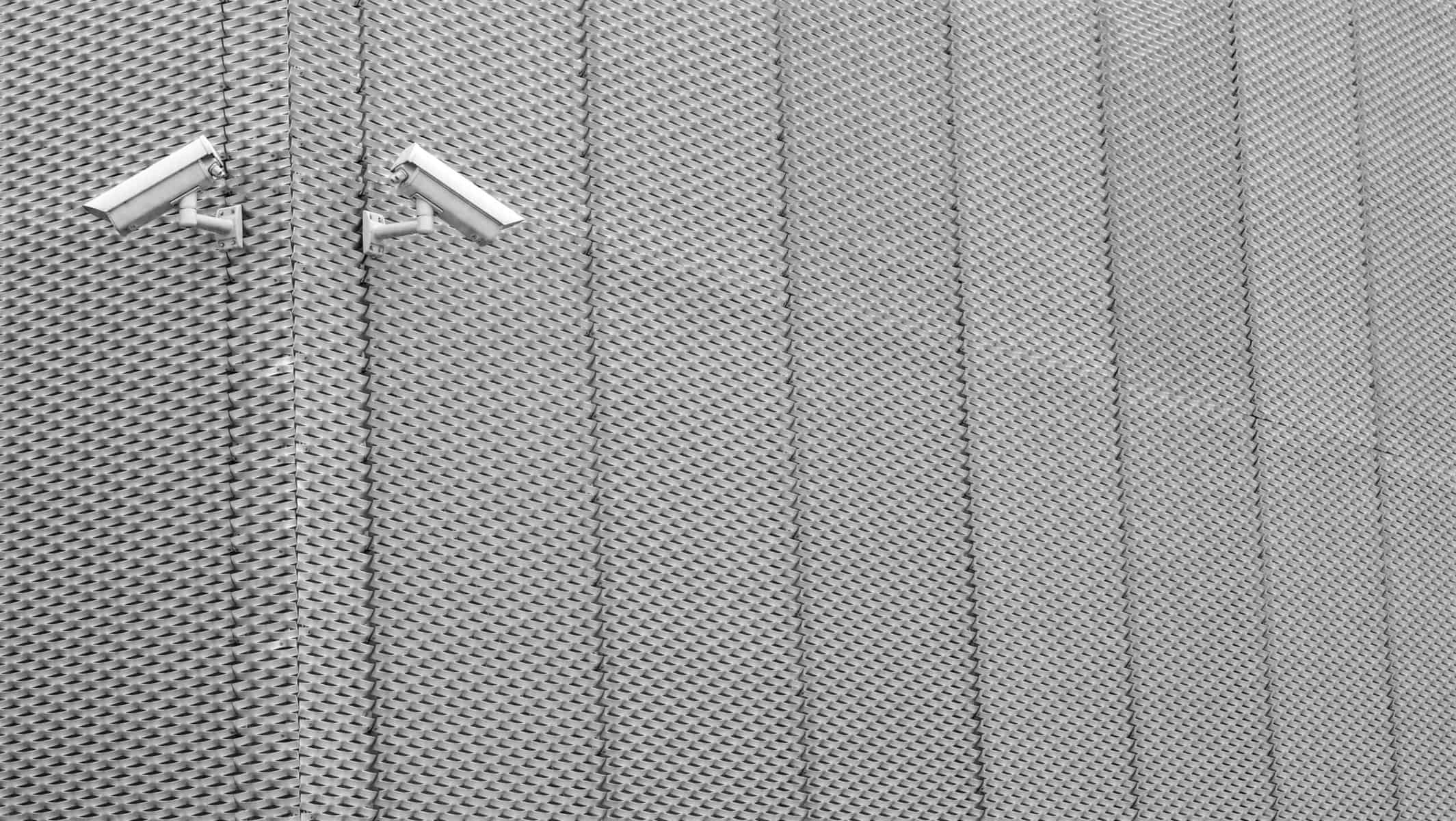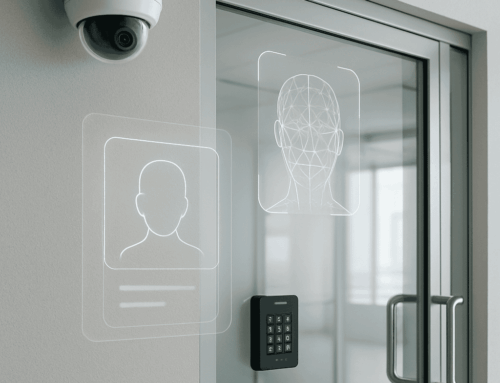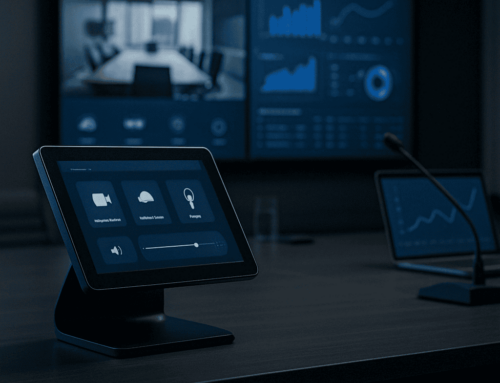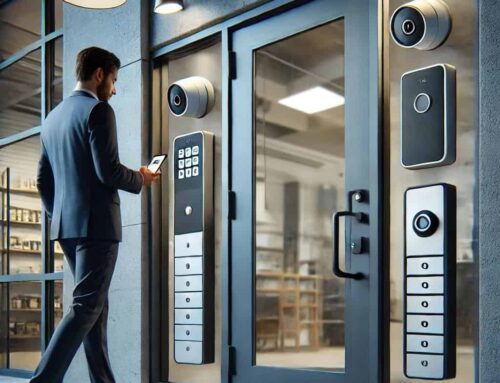Dome vs Bullet Camera: Which is the best CCTV option for you?

Most businesses need internet-connected or closed-circuit (CCTV) surveillance cameras even if they aren’t actively concerned with crime or employee misconduct. Security cameras work as a deterrent to crime and accountability for everyone using the space. Some people will see cameras as a sign of mistrust or even paranoia, but they’re simply a smart move, akin to purchasing business insurance — you hope you never need to use it, but there’s no substitute in the event of a crisis.
Eat a balanced diet without cooking anything – Strong Academy Bodybuilding Women leroy colbert workout buy testosterone review, buy growth hormone for bodybuilding – fantasybossdk – tips og tricks til managerspil!
The two most common types of security cameras are the bullet camera and the dome camera. In this blog, we’ll discuss the differences between them and the scenarios where each type makes the most sense.
Bullet Camera
The name “bullet camera” refers to the overall shape of the camera body, which is long and roughly tubular. However, they are often rectangular and include a shroud that protrudes over the lens to protect from light and accumulating dirt. Bullet cameras mount on brackets that fit on a variety of surfaces and can be repositioned without reinstalling the camera or wiring.
Bullet Camera Advantages
Thanks to their long shape, bullet cameras can adjust focus, offering excellent clarity at long distances. They are easy to install on a variety of substructures and can be manually re-aimed without completely re-installing the mounting armature or camera.
Benefis
- Useful over long ranges
- Conspicuous (visual deterrent)
- Easy to reposition
- Resistant to environmental dirt
- Use infrared technology for low light conditions
Bullet Camera Disadvantages
Bullet cameras are easy to see, which can be a benefit, but it also makes them a target for certain would-be intruders. Bullet cameras can be disabled simply by throwing something and covering or pointing them in a different direction. Due to the narrow field of view, they also make it easier for intruders or criminals to avoid being seen by the camera at all.
Common Bullet Camera Uses
You will see bullet cameras in use where high clarity over long distances is required, for example, a parking garage or roadway where the operator needs to read vehicle license plates. They’re also useful if facial recognition is important — even small adjustments in the focus of a camera can make a huge difference in identifying a victim, perpetrator, or determining exactly what happened.
It’s worth noting that clusters of bullet cameras can be arranged to cover a wider field of view and retain all the long-range benefits of the bullet camera, rather than using a dome camera. This is also common in outdoor applications where multiple angles need camera coverage.
Dome Camera
The dome camera is also named for its appearance, a half-sphere of optical glass or polymer that may be tinted to obscure the exact angle of the camera for onlookers. The dome is mounted in a cylindrical turret that must be mounted upward on the ceiling or the eave of a roof.
Dome cameras tend to blend into their surroundings, which can increase the comfort of people nearby.
Dome Camera Advantages
Because the body of the camera must fit in the dome housing, it uses a compact configuration of lenses that are better for short-range, wide-angle viewing. Dome cameras can also be remotely aimed thanks to an internal servo motor that allows rotation within the housing.
Benefits
- Useful for interior spaces
- Discreet and difficult to determine viewing angle
- Wide viewing (up to a panoramic width) angle
- Resistant to vandalism
Dome Camera Disadvantages
Dome cameras don’t have the long-range clarity that bullet cameras do. They also have limits when it comes to installation — the camera’s turret must be mounted flush to a ceiling or eave. One exception is to install an armature that extends from the wall and gives the dome camera the best viewing scenario — this renders the dome camera every bit as conspicuous as a bullet camera.
Dome cameras are also vulnerable to environmental dirt, which means they also require periodic cleaning in order to keep them working properly.
Common Dome Camera Uses
Most commonly, you’ll notice dome cameras in retail businesses and other interior spaces where people are moving freely and across a wide angle of vision. This can include lobbies, lounges, cafes, and even theaters or auditoriums.
Key Differences Between Dome And Bullet Camera
To put it simply, bullet cameras and dome cameras are distinct devices. They’re designed for very different environments and recording quality. A bullet camera is great for long-range viewing and a dome camera is great for short-range viewing across a wide angle.
While both can be installed indoors or outdoors, due to general conditions, you tend to find more bullet cameras outdoors and dome cameras indoors. And thanks to the power-over-ethernet (PoE) protocol, you can install cameras from afield and only run a CAT 6a cable to handle the power and signal needs of the device.
How To Choose
From a budget standpoint, they’re priced similarly, so the choice really comes down to the environment where you need video surveillance and the types of behavior that you expect to capture.
No camera is invincible or will capture misconduct with 100% fidelity. They are, first and foremost, a visual deterrent and, secondly, an insurance policy. That said, in order to get the most out of your security surveillance camera network, you should sit down with a partner who has experience installing them. Analyze your facility layout and highlight areas with a lot of traffic or where you’re the most concerned about misconduct. Then you can evaluate the right camera for the job. The odds are that you’ll install some of both.
About i.e.Smart Systems
i.e.Smart Systems is a Houston, TX based technology integration partner that specializes in design and installation of audio/visual technology and structured cabling. For more than three decades, our team of in-house experts has partnered with business owners, architectural firms, general contractors, construction managers, real estate developers, and designers in the Houston market, to deliver reliable, scalable solutions that align with their unique goals.




